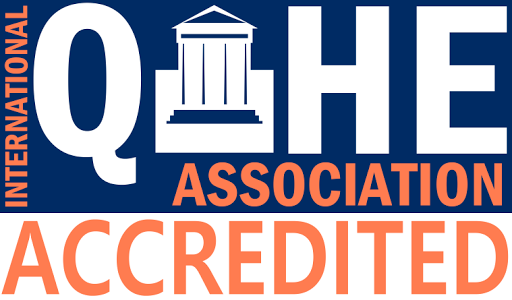Virtual learning, an integral part of 21st century learning is something which is here to stay. With the advent of technology pervading all aspects of our life, education cannot be left behind. Technology is a strong pillar of education today and both teachers and learners have accepted that reality.
This is computer based, internet based or remote teacher online instruction that is supplemented by a “human facilitator”.
A Virtual Learning Environment is an online classroom - a digital space where employers or education providers can host e-learning courses which can be completed by their staff or students.
The question is not about replacing the physical classroom. E-learning can very beautifully complement the more traditional approaches to teaching, what is popularly known as blended learning environment or a flipped classroom.
In a virtual learning environment, it allows learners to study at a pace that suits them, automatically tracking their progress as they do. This means the students can go over the course information as many times as they need to until they have absorbed it.
Advantages of Virtual learning
- Reaches a global audience – If the time zone differences are coordinated, learners can attend a training session from any part of the world; even those can participate who wouldn’t have been able to access previously.
- Useful for remote workers – Remote workers can easily access virtual classrooms from any part of the globe. Learning can happen anytime, anywhere.
- Get fast response – Training can happen immediately because there is no need for training venue arrangements, booking travel tickets, accommodation booking for trainer and learners, etc.
- Time saving option – Learners can attend training without the hassle of daily commute or time away from workplace and clients.
- Reduces carbon footprint – There are clear environmental benefits as the learners do not need to travel.
Challenges of Virtual Learning
- Duration of the training can pose to be a challenge.
- The training content is not redesigned as per the requirements of the virtual classroom.
- The learners may not be tech savvy and not familiar with the virtual learning.
- The content or delivery may fail to keep learners engaged.
Three ways to prepare learners for Virtual Learning – Facilitators and Organizations / Schools can take a three – step approach to help participants prepare for virtual learning.
- Help participants manage their learning environment – participants need a space that’s conducive to learning yet many of them do not have any easy access to one. Facilitators and organizations must help participants manage their learning environment. From the various options available, they should select the one that best suit the learners’ environment.
- Help participants change their mind-set – Implementing successful virtual training is often more about changing attitudes and beliefs than it is about adopting new technology. Facilitators need to adopt techniques to help change participants’ traditional mind-sets about virtual training.
- Help participants learn the technology – The technical comfort level of participants is a common hurdle along the way to successful virtual training. Even those who are technologically proficient may not be familiar with virtual platforms.









